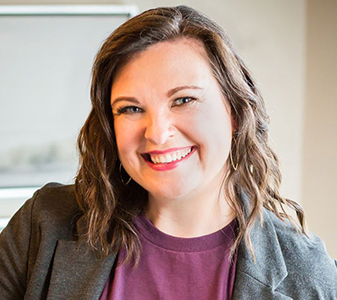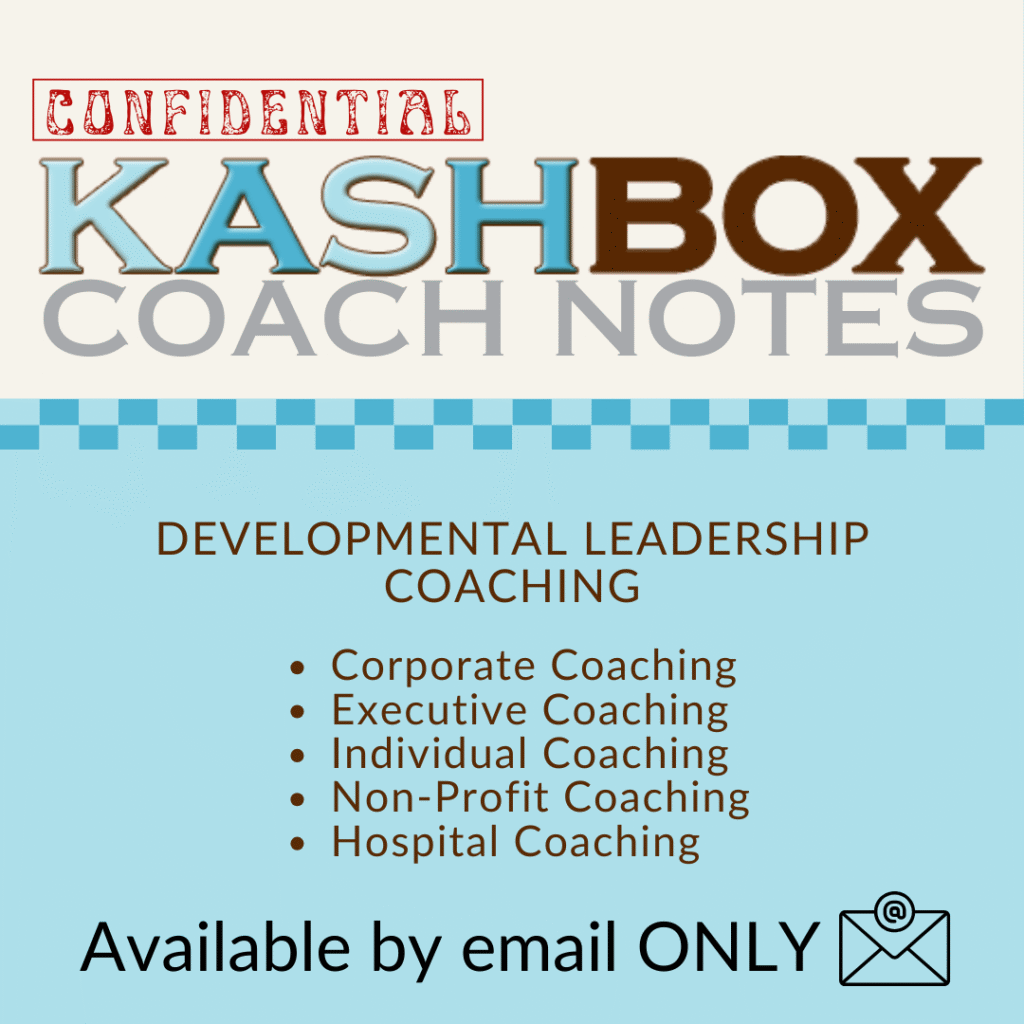In the vast expanses of rural America, where communities are close-knit and resources may be scarce, rural hospitals stand as pillars of healthcare, providing essential services to residents often underserved by urban healthcare systems.
Effective communication lies at the heart of delivering high-quality care in these hospitals, yet the unique challenges of rural healthcare, including geographic isolation, workforce shortages, and limited resources, can pose significant barriers to effective communication.
In this article, we delve into the critical importance of improving communication in rural hospitals, exploring strategies to bridge the communication gap and foster collaboration, teamwork, and patient-centered care.
Rural Hospital Strategies, Tips, & Inspiration
Leadership Coaching & Management Development For:
✓ Rural Hospital CEO, CFO, COO
✓ Rural Hospital Chief Nursing Officer, Director of Nursing
✓ Rural Hospital Leadership
✓ Rural Hospital Managemen
Understanding the Challenges
Rural hospitals operate in a distinct context shaped by the characteristics of rural communities and the realities of healthcare delivery in remote areas. Limited access to specialized care, long travel distances, and geographic isolation can create barriers to communication between healthcare providers, patients, and community members.
Additionally, workforce shortages and high staff turnover rates can further strain communication dynamics, leading to gaps in information sharing, coordination of care, and patient engagement.
Strategies for Improving Communication in Rural Hospitals
Implementing Structured Communication Protocols:
Structured communication protocols provide a framework for clear, concise, and consistent communication among healthcare providers, patients, and other stakeholders.
These protocols outline standard procedures for sharing information, documenting patient care, and communicating important updates or changes in patient status.
By implementing structured communication protocols, rural hospitals can improve communication efficiency, reduce the risk of errors or misunderstandings, and enhance patient safety and satisfaction.
Embracing Technology Solutions:
Technology solutions, such as electronic health records (EHRs), telemedicine platforms, and secure messaging systems, can facilitate communication and information sharing in rural hospitals. EHRs enable healthcare providers to access patient information quickly and efficiently, regardless of their location within the hospital or the community.
Telemedicine platforms allow rural hospitals to connect patients with specialists and consultants remotely, reducing the need for travel and improving access to specialized care. Secure messaging systems enable healthcare providers to communicate securely and efficiently, facilitating collaboration and coordination of care across different departments and disciplines.
Providing Communication Training and Education:
Effective communication is a skill that can be learned and cultivated through training and education. Providing communication training and education programs for healthcare providers, administrative staff, and support personnel can improve communication skills, enhance teamwork, and foster a culture of collaboration within the hospital.
Training programs may include workshops, seminars, role-playing exercises, and simulations focused on active listening, empathy, conflict resolution, and effective communication strategies.
By investing in communication training and education, rural hospitals can empower their staff to communicate more effectively with patients, colleagues, and community members.
Cultivating a Culture of Openness and Transparency:
Creating a culture of openness and transparency is essential for fostering trust, accountability, and collaboration within the hospital. Leaders play a crucial role in setting the tone for communication by modeling open and transparent communication practices, encouraging feedback and input from staff, and addressing concerns or issues in a timely and respectful manner.
By promoting a culture of openness and transparency, rural hospitals can create an environment where healthcare providers feel comfortable expressing their ideas, sharing information, and working together to achieve common goals.
Engaging Patients and Community Members:
Effective communication extends beyond the walls of the hospital to include patients, families, and community members. Engaging patients and community members in the communication process can improve patient satisfaction, increase patient engagement, and strengthen community partnerships.
Strategies for engaging patients and community members may include providing clear and accessible information about healthcare services, involving patients in care decisions, and soliciting feedback and input on hospital policies and programs.
By actively engaging patients and community members in the communication process, rural hospitals can ensure that their services are responsive to the needs and preferences of the communities they serve.

Ready To Elevate Your Leadership Skills?
As the President of Kashbox Coaching my mission is to empower leaders by highlighting their unique strengths and unlocking their leadership potential – to develop all quadrants of their Kashbox (Knowledge, Attitude, Skills, Habits)!
Case Study: The Impact of Improved Communication in Rural Hospitals
Consider the case of a small healthcare facility facing challenges with communication breakdowns and inefficiencies. Recognizing the need to improve communication, hospital leadership implemented a series of initiatives aimed at enhancing communication among healthcare providers, patients, and community members.
Through the implementation of structured communication protocols, technology solutions, communication training and education programs, and efforts to cultivate a culture of openness and transparency, the rural hospital was able to improve communication efficiency, enhance teamwork, and strengthen relationships with patients and community members.
As a result, patient satisfaction scores increased, staff morale improved, and the hospital experienced greater alignment and collaboration across different departments and disciplines.
Conclusion
Effective communication is essential for delivering high-quality care and achieving positive outcomes in rural hospitals.
By implementing strategies to improve communication, such as implementing structured communication protocols, embracing technology solutions, providing communication training and education, cultivating a culture of openness and transparency, and engaging patients and community members, rural hospitals can bridge the communication gap, foster collaboration, and create a supportive environment where healthcare providers, patients, and community members can thrive.
As essential pillars of rural healthcare, rural hospitals have a responsibility to prioritize communication and ensure that their services are accessible, responsive, and patient-centered for the communities they serve.

As the President of Kashbox Coaching my mission is to empower leaders by highlighting their unique strengths and unlocking their leadership potential – to develop all quadrants of their Kashbox (Knowledge, Attitude, Skills, Habits)!
For over 15 years, Hannah Kay Herdlinger has empowered individuals to unlock their full potential and design fulfilling careers and lives. She championed leadership at Sheryl Sandberg’s Lean In and Arianna Huffington’s Thrive Global.
The Kashbox method, created by the founder of Kashbox Coaching, offers leaders a unique path to success and positive change. It goes beyond traditional coaching by integrating leadership development, resilience training, and the power of connection to elevate client experiences.
Hannah Kay’s passion is igniting positive and lasting transformations. Through executive, corporate, and individual coaching, she helps clients align professionally. Her journey is a testament to the transformative power of coaching. Her unwavering commitment to empowering others is evident in her own growth and the success of her clients.













